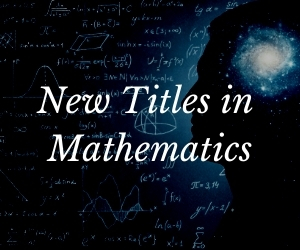System Upgrade on Tue, May 28th, 2024 at 2am (EDT)
Existing users will be able to log into the site and access content. However, E-commerce and registration of new users may not be available for up to 12 hours.For online purchase, please visit us again. Contact us at customercare@wspc.com for any enquiries.
In an attempt to introduce application scientists and graduate students to the exciting topic of positive definite kernels and radial basis functions, this book presents modern theoretical results on kernel-based approximation methods and demonstrates their implementation in various settings. The authors explore the historical context of this fascinating topic and explain recent advances as strategies to address long-standing problems.
Examples are drawn from fields as diverse as function approximation, spatial statistics, boundary value problems, machine learning, surrogate modeling and finance. Researchers from those and other fields can recreate the results within using the documented MATLAB code, also available through the online library. This combination of a strong theoretical foundation and accessible experimentation empowers readers to use positive definite kernels on their own problems of interest.
Sample Chapter(s)
Chapter 1: Introduction (526 KB)
Contents:
- An Introduction to Kernel-Based Approximation Methods and Their Stable Computation:
- Introduction
- Positive Definite Kernels and Reproducing Kernel Hilbert Spaces
- Examples of Kernels
- Kernels in MATLAB
- The Connection to Kriging
- The Connection to Green's Kernels
- Iterated Brownian Bridge Kernels: A Green's Kernel Example
- Generalized Sobolev Spaces
- Accuracy and Optimality of Reproducing Kernel Hilbert Space Methods
- "Flat" Limits
- The Uncertainty Principle — An Unfortunate Misconception
- Alternate Bases
- Stable Computation via the Hilbert–Schmidt SVD
- Parameter Optimization
- Advanced Examples:
- Scattered Data Fitting
- Computer Experiments and Surrogate Modeling
- Statistical Data Fitting via Gaussian Processes
- Machine Learning
- Derivatives of Interpolants and Hermite Interpolation
- Kernel-Based Methods for PDEs
- Finance
- Appendices:
- Collection of Positive Definite Kernels and Their Known Mercer Series
- How to Choose the Data Sites
- A Few Facts from Analysis and Probability
- The GaussQR Repository in MATLAB
Readership: Graduate students and researchers.




































